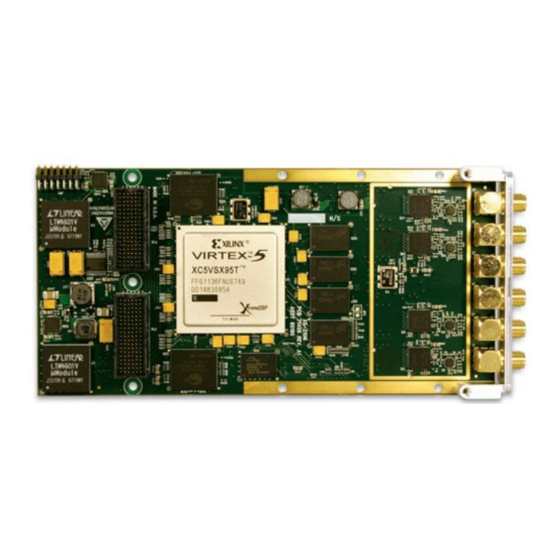
Innovative Integration X5-210M Manuals
Manuals and User Guides for Innovative Integration X5-210M. We have 1 Innovative Integration X5-210M manual available for free PDF download: User Manual
Innovative Integration X5-210M User Manual (115 pages)
Brand: Innovative Integration
|
Category: I/O Systems
|
Size: 3 MB
Table of Contents
-
-
Online Help12
-
-
Alert Log33
-
-
Eeprom35
-
-
Digital I/O36
-
-
Setup Tab49
-
Stream Tab50
-
-
-
Setup Tab63
-
Dialogblocks74
-
Summary74
-
Applets75
-
Introduction79
-
Triggering84
-
-
Analog Input94
Advertisement
Advertisement
